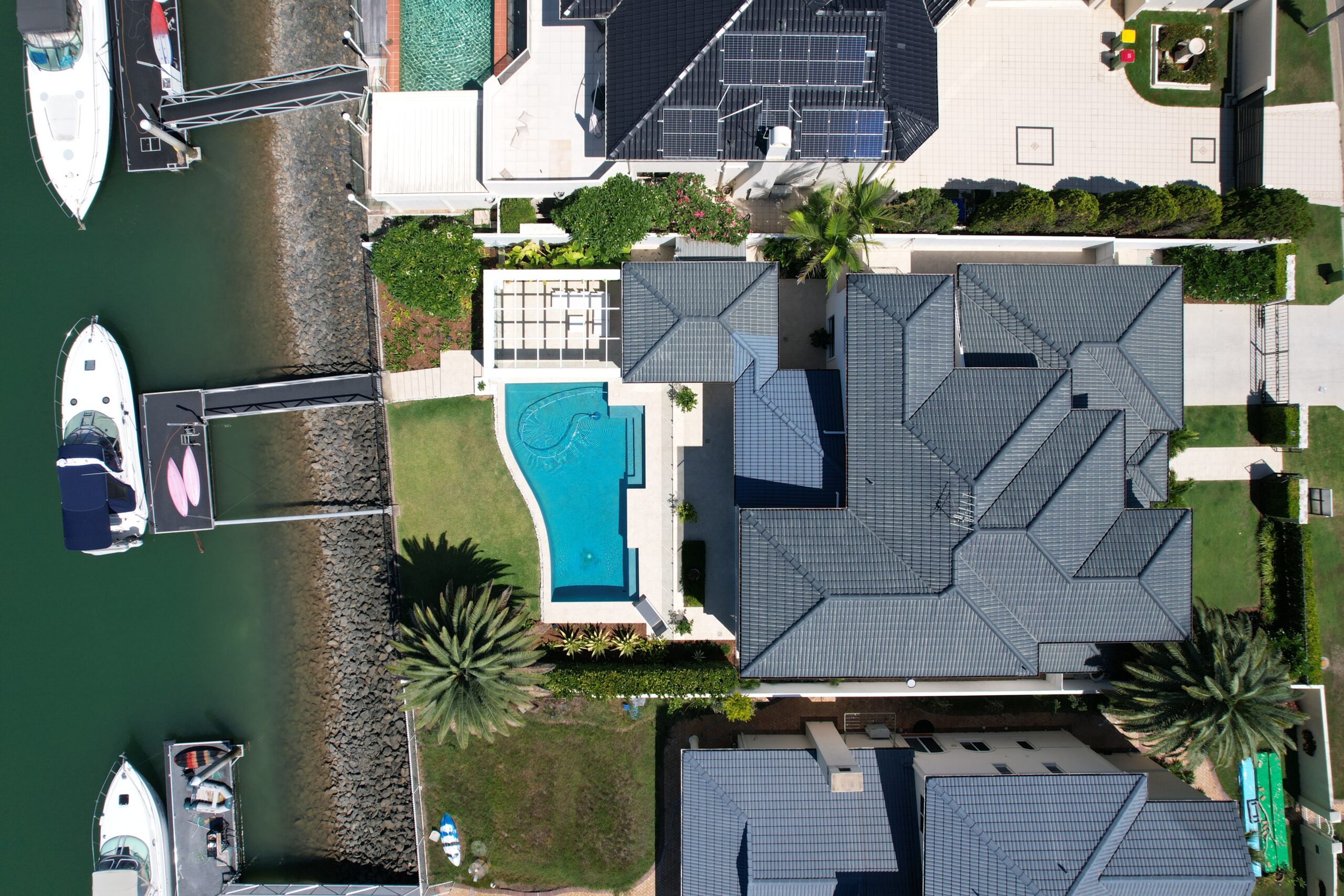Drone building inspection is a very common practice seen around nowadays. Moreover, it is more important for a few industries to use drones as a part of maintenance procedures.
Rather than climbing up and down on a wall or building, the inspection process consists of a drone that allows the inspector to do aerial inspections and complete the process of data capture. Using drone technology, one can collect the best drone shots that help people inspect things in high resolution and with an aerial view.
Drones for building also mitigate the possibility of being in a dangerous situation while collecting data.
Why Choose Drone Inspection?
Here are the reasons why you should go for a commercial drone and visual inspection rather than a manual inspection.
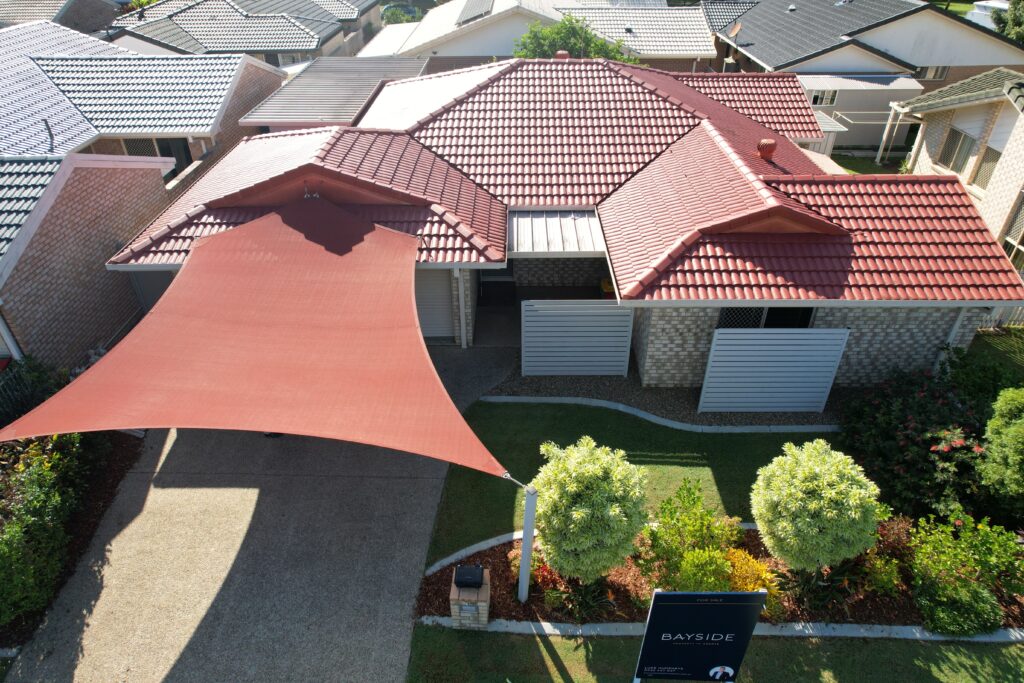
1. Safety
The most important concern for building inspectors while inspecting the entire building is the safety of the individuals conducting the inspection.
The use of drone allows the drone operator to be safe on the ground while performing the work. On the other hand, traditional or regular inspections have a high risk for the inspector.
Once the drone roof inspections are done, the technician can identify the concerned areas and plan the next move accordingly.
2. Time-saving
Traditional or regular inspections need a person to be onsite for a long time. However, flying drones which are remotely piloted need not change positions or move around in a large area.
The required time depends on the size of the site. Drones are capable of saving time where the time frame is less and the area to-be-covered is huge.
For instance, in cases where there are roof areas that are made of special materials that lose their thermal capacity very fast once the load from the sun vanishes.
Drone inspection service for thermography can be completed very fast and from different locations.
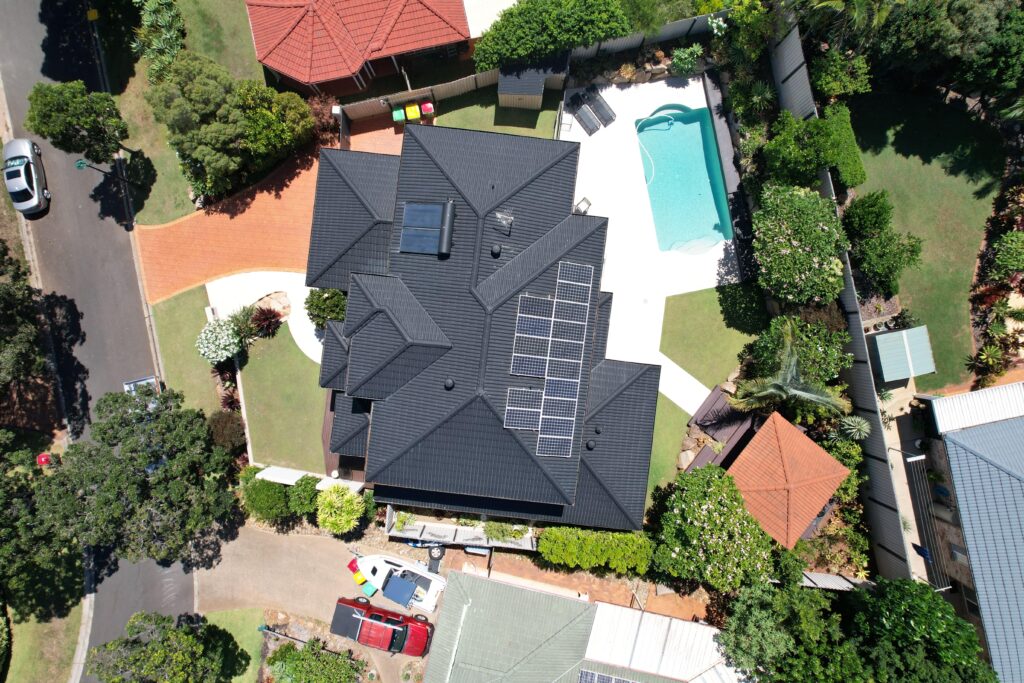
3. Versatility
Visually inspecting different infrastructures for condition assessment (maintenance and repair) is very easy nowadays and all thanks to drone pilots.
For example, while inspecting metal roofs, the inspection consists of using binoculars to look at the roof, climbing the ladder, and using binoculars, or getting to a good point from where the view is clear.
However, technicians who use the latest drone technology for building and roof assessment can get a closer look and direct view of the surface to access the condition. Aerial photography is capable of capturing high-resolution photos of the overall condition and taking action.
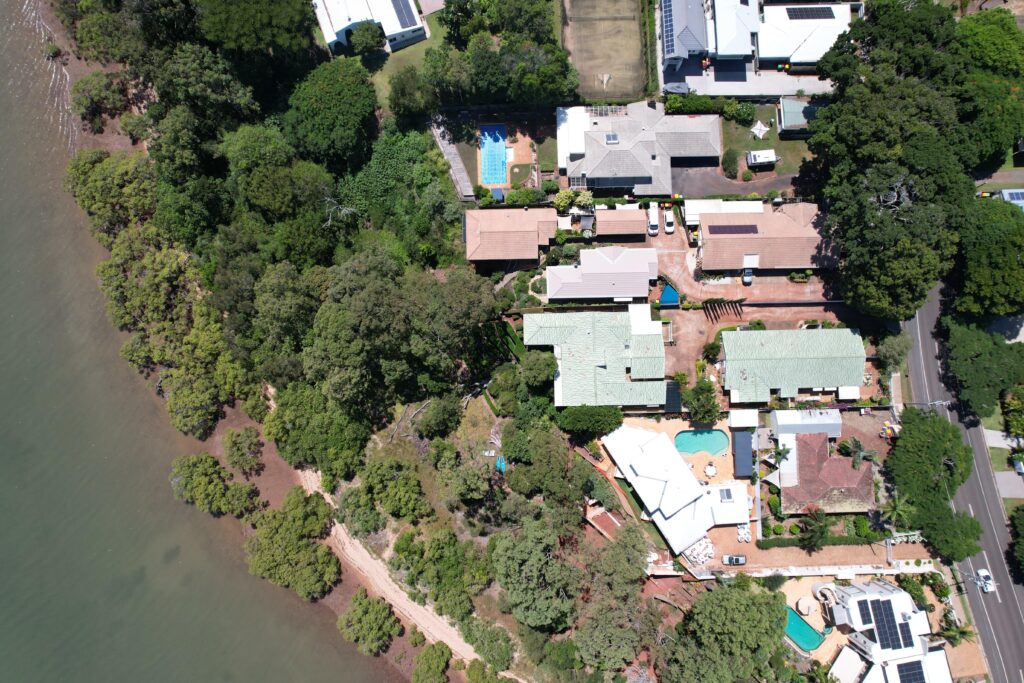
4. Cost-Effective
Traditional preventative maintenance can be costly. On the other hand, drones are becoming very cost-effective when it comes to regular roof inspections or building inspections. There are a few
In many instances, when a tall building facade is to be scrutinized, a technician may require the utilization of swing stages or rope systems to climb the wall of the building. These tools enable technicians to inspect problems in their direct line of sight. By utilizing a drone, expenditures for renting these tools are avoided until potential repairs arise. The drone’s camera allows the technician to fly up and evaluate the building’s exterior for any issues.
Other benefits of Drone Inspection include:
- Large data collection
- High-quality documentation
- Monitoring environmental factors
- Inspection of difficult structures
- Good survey accuracy
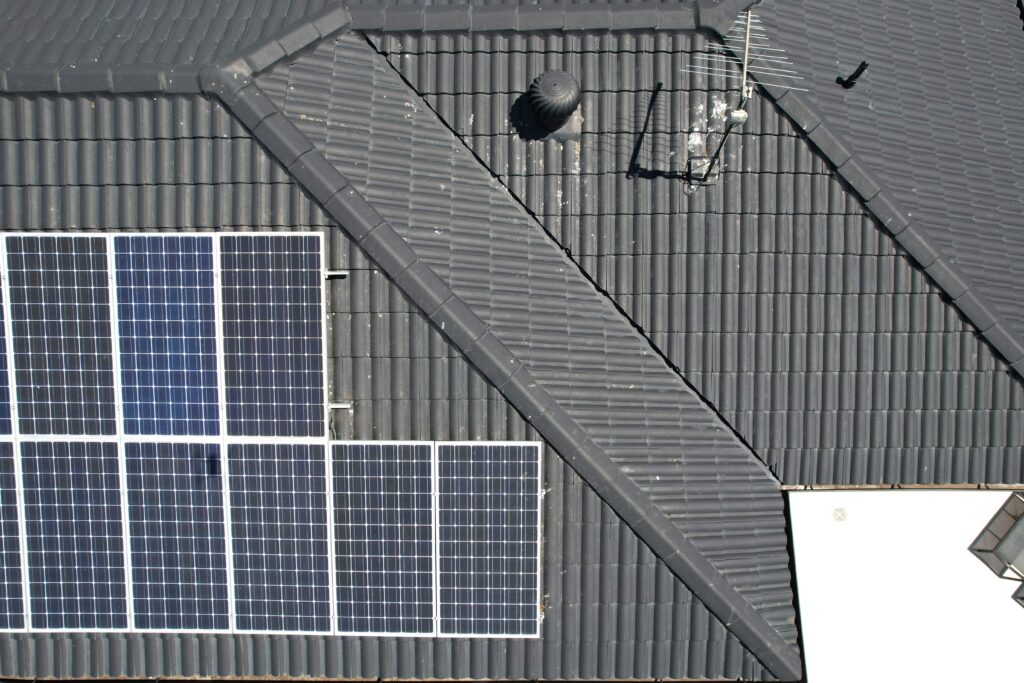
Drone inspection procedure
A basic drone inspection follows these steps:
- The drone pilot creates the plan on the app. He/she can create it from anywhere and then define the perimeter of the building or roof.
- Once the plan is ready, the pilot uses the controller to launch and handle the drone.
- The drone will follow the path while collecting images and other information depending on the intention of the plan.
- Within a few minutes, the drone will land according to the plan and transfer the data to the configured location or mobile device.
Considerations For Drone Roof Inspections
There are a few considerations for a drone roof inspection. These include:
- The size of the roof is a crucial factor to consider. Smaller roofs can be quickly and easily captured in a matter of minutes or seconds. However, larger commercial roofs may require more extended flight times, so it is essential to plan accordingly.
- The height of the building is also an essential consideration when planning a drone mission. A quick flight to the top of the building can help determine the building’s height, allowing for better mission planning.
- It is crucial to conduct the roof inspection in compliance with local drone laws, taking into account the building’s surroundings. Obstacle avoidance systems featured in DJI’s leading enterprise drones can improve flight safety when flying in tight environments.
- Before the actual flight, conduct a test flight over the roof to find the best camera settings. This step is especially important if planning to collect data through a pre-planned automated flight plan.
- For thermal inspections, it is best to conduct them directly after sunset when there is no thermal loading from direct sunlight, but the roof and solar panels are still warm from the day.
- To avoid issues with drainage or leakage, try not to fly the drone directly after it rains. Waiting at least 24 hours after rain is recommended, and up to a week after rain can help better understand any drainage or leakage issues. Flying too close to a rain event with standing water can also make thermal analysis challenging.
- For thermal inspections, selecting the IronRed palette provides a good differentiation of colors across the temperatures in the camera’s view.
Selecting the drones for a roof inspection
- Stability
- First-person view (FPV) capability
- Built-in GPS features
- Types and quality of sensors
- Reasonable flight time and range
- Longer lasting batteries
- Flight range
Best drones for inspection
1.DJI M300 RTK – This is the most versatile commercial drone on the market. It is best for roof inspection because it can hold a wide range of payloads like thermal and top-class cameras, mapping cameras, and spotlights.
2. DJI M30 Series – DJI M30 series has a similar power to M300 however is smaller and more portable. Its flight time is 41 minutes and has an IP55 weather rating.
3. DJI Mini 3 Pro – This drone inspection is very popular for visual roof inspections and is very beneficial for an entry-level drone for individuals who are testing.
4. DJI Mavic 3 Enterprise Series – This is the best option for a roof inspection.
Key Takeaway on Drone Inspection
In conclusion, using a drone as one of the inspection methods is a fast and effective way to assess the condition of construction sites and other buildings. It provides you with accurate data to reduce the risk of any mistake. Drones also save a lot of time, and money, are versatile and drone data is very accurate.
Frequently asked questions
1. Drone roof inspection cost
The average cost of drone roof inspection can range from $290-$350. However, it also depends on the project size, the material of the roof, the slope, and the type of inspection.
2. What are the limitations of drone technology? Drones can be manipulated or hijacked. Moreover, drones can also trespass in restricted areas like military zones and airports.
